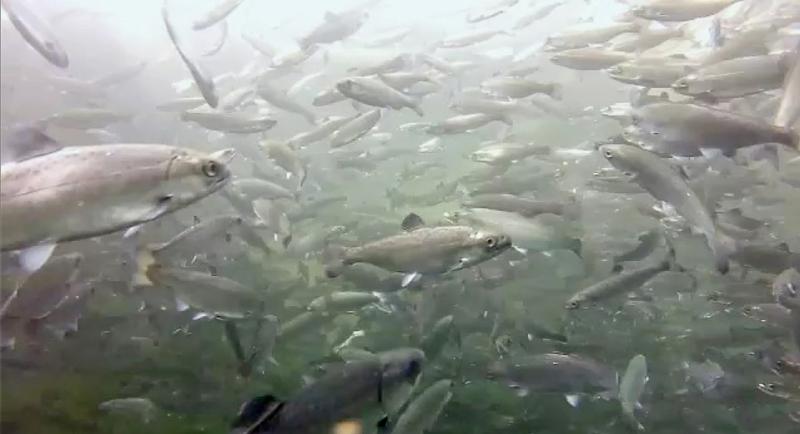Fish Eyes: the Hidden Diet Journal
It might sound strange to think of an eye as a diet journal, but the eye of a fish can tell information about what it has been consuming. If we know what a fish has been eating, then we can figure out where a fish has been. You just need to know where to look and how to understand what the eye is telling you. This approach formed the basis for our publication Advancing diet reconstruction in fish eye lenses in Methods in Ecology and Evolution. In this study, we used stable isotopes of carbon, nitrogen, and sulfur in fish eyes to better understand diet and habitat history of juvenile and adult Chinook Salmon (Oncorhynchus tshawytscha).
Stable isotopes such as carbon, nitrogen, and sulfur are natural markers found in the environment and can be integrated into the tissues such as the stomach, liver, muscle, fins, and lenses of the fish through their diet. Each of these parts tells a different part of its life history, such as which habitat it used to rear and grow. As a fish grows, many tissues eventually “turn-over” or are replaced with new cells that isotopically look like the habitat where the fish is currently feeding. Depending on the tissue, the rate at which a tissue turns-over can be a day (stomach contents) to months (muscle tissue). This makes it difficult to track diet over the lifetime of an individual, with the exception of the eye lens.
Click here to continue reading at Cal Trout.




